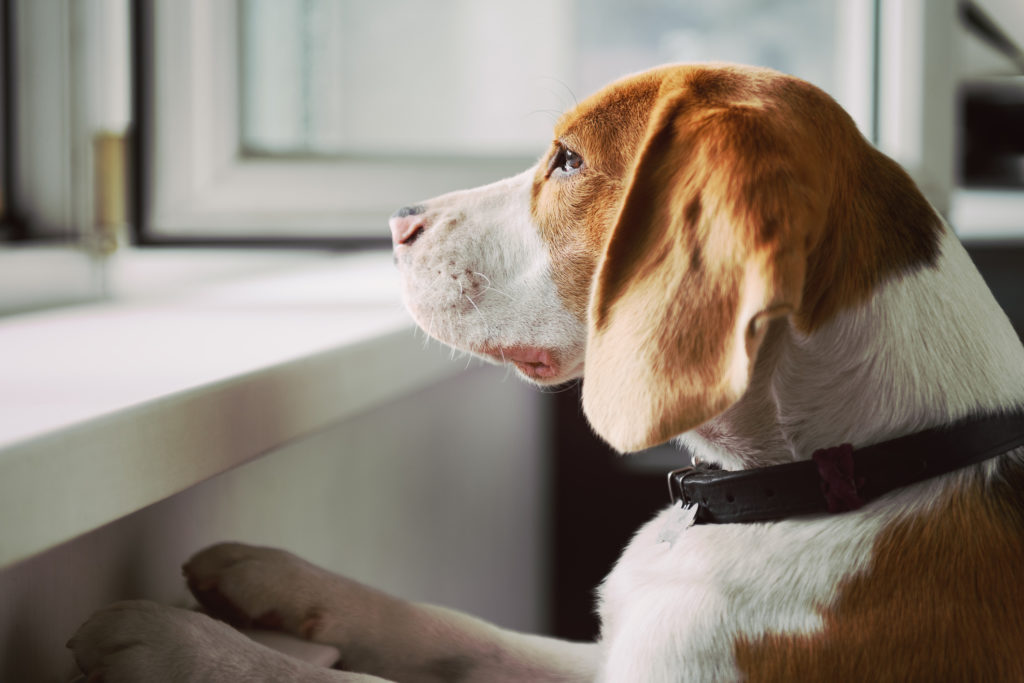Many people adopted a dog or cat during the COVID-19 pandemic. So many people adopted that it actually emptied the shelters in some cities, as well as entire countries such as The Netherlands. Also people bought kittens or puppies from pet stores or breeders. Whatever their age and species, these companions do not know a life without their new family around all the time. With life slowly returning to a “new normal” after the stresses of extended lockdowns and working at home, how can you make sure your pet is okay with their new lifestyle? Let’s talk about that.
The Basics
Try your very best to maintain your energy and authority around your furry friend. If you act anxious or scared, chances are that Fido or Fluffy will respond in kind.
When you’re at home, give your animal companion a lot of attention — but don’t be overly fawning (unless your pet just requires that type of energy). You want to foster a relationship of interdependence, not one of dependence. You and your pooch or kitty can love each other plenty, but can also each have time alone, even if you are both home.
Using Independence Training
“Independence training” will foster that ideal pet-human relationship of love and freedom. You can start this by leaving your house for short periods (no more than perhaps one – three hours). This will be essential for pets that did not live with you before the pandemic. Pet tracking apps, nanny cams, and neighbors can help you determine what happened in your absence.
The “downtime” method is less ambitious and can be done with you at least somewhat close by in case problems arise. You create a quiet, secluded location and continue with your usual household activities. Here’s some ways to test the downtime technique:
- Place a meal, treat, or chew toys in a quiet, comfortable location where you don’t plan to be.
- Tether the item if possible, so Fido isn’t tempted to just pick up the toy or bowl and follow you.
- Continue with your usual activities if your pet doesn’t appear anxious. If they display signs of anxiety (see next section), gently stop and re-evaluate the situation.
Signs Of Anxiety
Always take signs of separation distress (also known as separation anxiety) seriously. While they present themselves more often in dogs, they can show up in cats. Here’s what to look out for:
- Chewing.
- Digging.
- Destroying items like boxes, toys, and the like.
- Escaping or attempting to do so.
- Unusual urinating or defecating, especially in response to being left alone.
- Coprophagia — basically, a dog eating their own feces.
- Excessive barking or meowing.
- Howling/crying.
- Excessive panting.
- Pacing.
Other Tips
If you’re returning to a traditional eight-hour workday (not to mention the time required for your commute), you may need to enlist a trusted friend, neighbor, or family member to check in on your furry friend once or twice a day. The frequency depends on the age, species, health, and temperament of your pet. As your pet gets more accustomed to spending time alone, the need for someone to check in on them may abate.
As always, consult a veterinarian or a qualified, caring animal trainer for serious psychological or physical problems.

